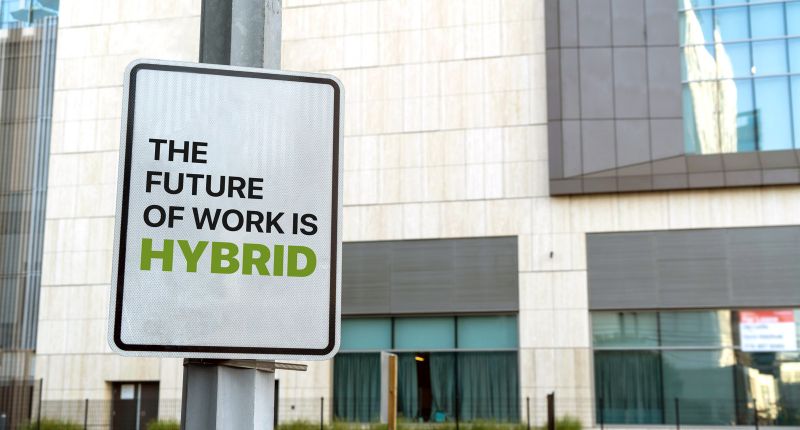
- Companies prioritise office space expansion and workplace transformation post-COVID-19.
- Flexibility in workstyles emerges, with a majority foreseeing a hybrid approach.
- Demand surges for premium offices emphasising collaboration, employee wellbeing, and talent retention.
Australian companies increasingly recognise the importance of workplace transformation in the post-COVID-19 era. Indeed, more Australian corporate businesses are set to increase or maintain their office spaces over the coming three years than those planning to downsize, according to Knight Frank’s newly released (Y)OURSPACE report.
Offices still here to stay
Of the surveyed Australian businesses, 45% state that they will increase their office space, while 12% indicate that they will maintain the same space requirements, amounting to 57% of businesses that are not looking to shrink their office space.
On the other hand, 45% say that they will downsize.
Knight Frank Australia chief economist, Ben Burston, remarks that the findings illustrate that businesses are preparing to change how they operate, be it through expanding or shrinking their office footprint, as they enter the complicated post-COVID-19 world.
Complexities in the post-COVID-19 future of the workplace
“Multiple changes to the operating environment are making it more difficult for corporate occupiers to make decisions on their office space,” Burston comments.
“Uncertainty over the optimal long-term workplace strategy, the need to experiment with hybrid workstyles, adoption of new technologies, tight labour markets and volatile economic conditions are making for a challenging backdrop against which to make real estate decisions.
“While the landscape is more complex, it’s clear that Australian corporates still perceive that offices have a critical role to play, with the majority of respondents envisioning a hybrid of office-first approach to workplace strategy and few expecting that remote working will be the predominant workstyle.”
Most surveyed businesses believe they will have a hybrid workstyle in three years. Furthermore, 24% say that they will keep an office-dominant workplace, while 6% say that they will mainly have remote work.
More complex workstyles, but more office-centric

Companies flocking to premium grade offices
Knight Frank’s global head of occupier research, Lee Elliot, opines that Australian corporate occupiers prioritise many strategic objectives simultaneously when searching for offices, namely, improved collaboration, employee wellbeing, talent attraction and retention.
Business priorities when searching for workplace

“Real estate plays a key role in driving collaboration and employee engagement, with every single respondent indicating it was a strategic device for their business,” Elliot says.
“The flight-to-quality trend for office occupiers across the board is upping the ante on amenity, and what is expected from an office building.
“The Australian survey found the top three services and amenities staff were expected to demand over the coming years were cycle storage and facilities, food and beverage offerings, and facilities supporting mental wellbeing.”
Workplace features most prized by staff

“Australian occupiers are looking for these features and more when it comes to finding the right workspace moving forward in order to attract and retain talent,” Elliot adds.
Indeed, corporations are racing to snatch premium and A-grade offices, with much of the demand centred around prime markets.
While the vacancies in this market have been dropping, it has come at the expense of the secondary office market, where vacancies are moving in the opposite direction.




